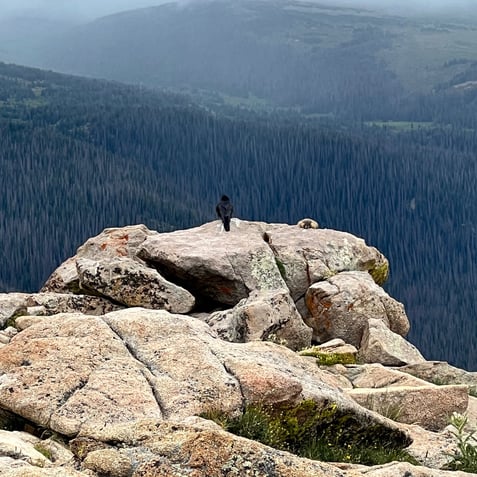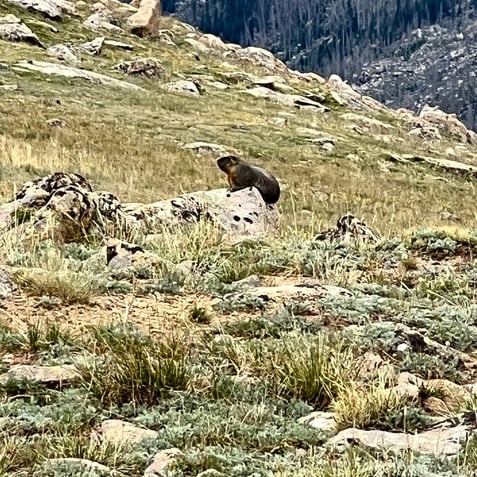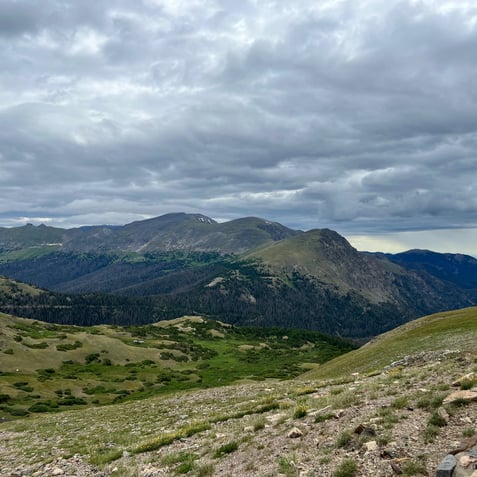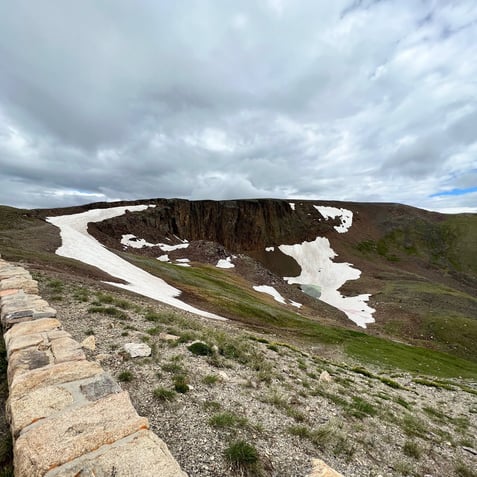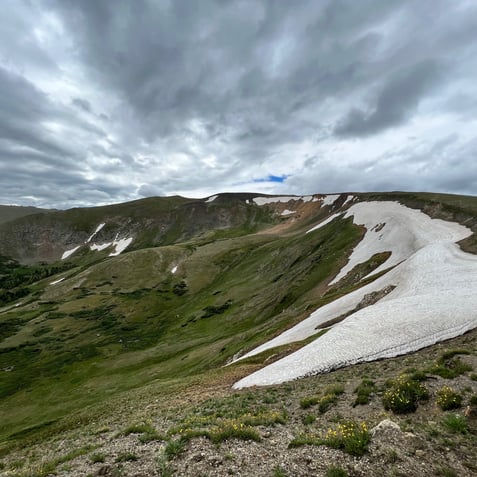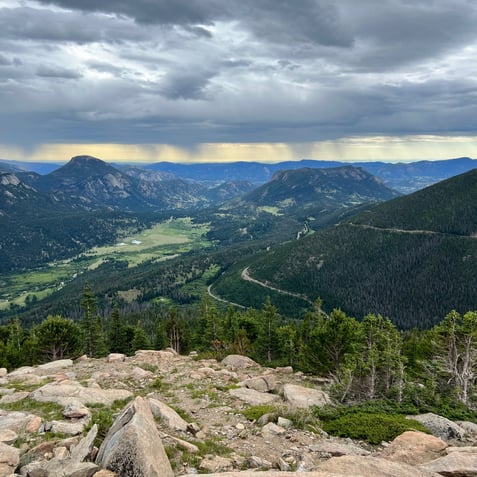A Majestic Journey to the Rocky Mountains: Exploring Heights, Wildlife, and Driving Precautions
Learn about the Rocky Mountains, what lives there and how to explore safely.
OUR ADVENTURES
Two Lost Sailors
1/5/20243 min read


Embarking on a journey to the Rocky Mountains is like stepping into a world of awe-inspiring beauty and grandeur. These magnificent mountains, stretching across the western regions of North America, offer an unforgettable experience for nature enthusiasts and adventure seekers alike. In this blog post, we'll delve into the heights of the Rockies, discover the diverse wildlife that calls this place home, and highlight the precautions one should take when driving up these majestic peaks.
The Heights of the Rockies
The Rocky Mountains, also known as the Rockies, are a vast mountain range that extends over 3,000 miles from New Mexico in the United States to British Columbia in Canada. These majestic peaks are renowned for their breathtaking elevations, with the highest peak, Mount Elbert, reaching an astonishing 14,440 feet above sea level.
As you ascend into the heart of the Rockies, you'll be greeted by a mesmerizing panorama of towering peaks, deep valleys, and rugged cliffs. The air becomes crisper, and the landscape transforms into a picturesque wonderland, adorned with lush forests, sparkling lakes, and cascading waterfalls.
Whether you're an avid hiker or simply a nature lover, exploring the heights of the Rockies offers a unique perspective on the world. As you hike along the well-maintained trails, you'll witness the beauty of alpine meadows, encounter pristine glaciers, and be rewarded with breathtaking vistas that stretch as far as the eye can see.
Wildlife of the Rockies
The Rocky Mountains are not only a haven for nature enthusiasts but also a sanctuary for a diverse range of wildlife. From majestic mammals to elusive birds, this region boasts an array of fascinating creatures that have adapted to the challenging mountain environment.
One of the most iconic animals that call the Rockies home is the grizzly bear. These magnificent creatures, known for their strength and power, roam the mountains in search of food and territory. Spotting a grizzly bear in its natural habitat is a humbling experience that reminds us of the importance of preserving these pristine landscapes.
Alongside the grizzlies, the Rockies are also home to other remarkable mammals such as the elusive mountain lion, agile bighorn sheep, and playful river otters. Keep your eyes peeled as you explore the trails, for you may just catch a glimpse of these incredible creatures in their natural habitat.
The avian population of the Rockies is equally captivating. From the majestic bald eagle soaring through the sky to the melodious songbirds hidden in the dense foliage, birdwatchers will be enthralled by the diversity of species that inhabit this region. Binoculars in hand, you can observe the graceful flight patterns of golden eagles, listen to the haunting call of the great horned owl, and marvel at the vibrant plumage of the mountain bluebird.
Driving Precautions in the Rockies
Driving up the Rocky Mountains is an adventure in itself, but it's crucial to take certain precautions to ensure a safe and enjoyable journey. Here are some essential tips to keep in mind:
1. Check Weather Conditions:
Prior to your trip, always check the weather forecast for the area you'll be visiting. The Rockies are known for their unpredictable weather, and sudden changes in conditions can pose risks. Be prepared for potential snowstorms, heavy rain, or foggy conditions, and plan your trip accordingly.
2. Prepare Your Vehicle:
Before embarking on your mountain drive, make sure your vehicle is in good condition. Check the brakes, tires, and fluid levels, and ensure that all lights are functioning properly. It's also advisable to have an emergency kit in your car, including a spare tire, jumper cables, and a flashlight.
3. Take It Slow:
Driving up steep mountain roads requires a different approach than driving on flat terrain. Take it slow and steady, especially when navigating hairpin turns or steep inclines. Use lower gears to control your speed and avoid overheating your brakes. Be mindful of other drivers and yield to larger vehicles when necessary.
4. Stay Alert for Wildlife:
The Rocky Mountains are teeming with wildlife, and encounters with animals on the road are not uncommon. Pay attention to warning signs indicating wildlife crossings and reduce your speed in these areas. Be especially cautious at dawn and dusk when animals are most active.
5. Stay on Designated Roads:
While it may be tempting to venture off the beaten path and explore remote areas, it's essential to stay on designated roads. Off-roading can damage fragile ecosystems and disturb wildlife habitats. Respect the environment and follow the rules to preserve the natural beauty of the Rockies for future generations.
As you embark on your journey through the Rocky Mountains, remember to immerse yourself in the splendor of nature, respect the wildlife that calls this place home, and take the necessary precautions to ensure a safe and unforgettable experience. The Rockies await, ready to leave you breathless with their magnificence.

